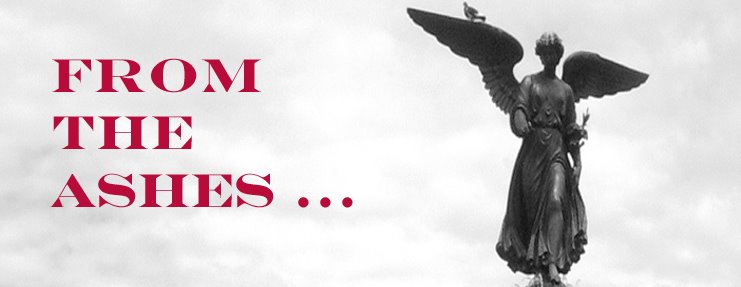Last Night
The Hellcat scored some free ducats to an Off Broadway show from a connection he's got. I met him and his on-again bf way out west on 42nd. The show was called The Oldest Profession and it was written by Paula Vogel. She also wrote How I Learned to Drive, which won a Pulitzer for Drama in 1998. It was a cast of five women, the notables (I guess) being Joyce Van Patten, a character actress who you might not know by name but when you see her you go "Oh yeah, her", and Katherine Helmond (Mona, from Who's The Boss?).
As the title suggests the actresses all portray prostitutes in NYC. The play is set in 1980 and spans a four year period. Right there we have some serious credibility problems. The very idea, even in 1980, that five 50+ yr. old prostitutes have banded together and formed what amounts to a brothel centered around a retirement home, where they turn tricks for 10 bucks "plus a two dollar tip", where a big score is a $20, and where one of the hookers receives a hero's welcome for turning what appears to be a remarkable 100 dollar gig at an old man's birthday party, requires a certain amount of suspension of belief. Katherine Helmond plays the de facto Madam, in charge of collecting the money and distributing allowances and supervising lunch breaks (!), now, I realize I wasn't here in 1980, but I find it more than a little hard to believe that hookers sat around negotiating lunch breaks with their madams. In fact, the amount of time allotted for lunch becomes a sore subject repeatedly throughout the play. And while I know for a fact that anyone that wants to be paid for sex, regardless of their age, will eventually find someone willing to pay for sex, a woman in her fifties would be hard-pressed to make a living that way. Even pervy older men looking to pay will naturally gravitate towards younger women. And assuming you still could get a $20 blowjob in the 1980's (as I'm sure you could) in those days you could just troll the Meatpacking District and find some strung-out junky whore for that.
In any case, after a couple scenes together the women (for no apparent reason other than plot device) start to die off one by one, each one performing an old standard musical number after changing into satin lingerie. They then remain on-stage lounging around the periphery as the remaining characters struggle to get by. This continues till there's one character left, alone on a park bench covered in newspaper. She rummages trough a trash can for some food as the dead characters sing one more snippet from a musical number. Fade to black.
I tried to glean some hidden meaning as we walked across 42nd St. But for the life of me I couldn't find one. There was no real examination of how these women came to be or be together. There was no discourse regarding how people who choose prostitution are frequently marginalized by the very people who avail themselves of their services. There wasn't even word one about the general struggles of aging that any group of women, regardless of the circumstances of their life, would normally engage in together. It didn't really seem like a play as it did the idea for a play. A what if... That took form and somehow got produced. The acting wasn't bad, the delivery seemed fine, there just didn't seem to be any purpose to it. There was no "there" there as they say.
Still, it was nice to get out of the apartment. The theater, although practically in The Hudson River was very nice, extremely intimate. And it kept me from sitting at home obsessing over why I sent out 7 resumes and didn't get a single phone call back.

No comments:
Post a Comment